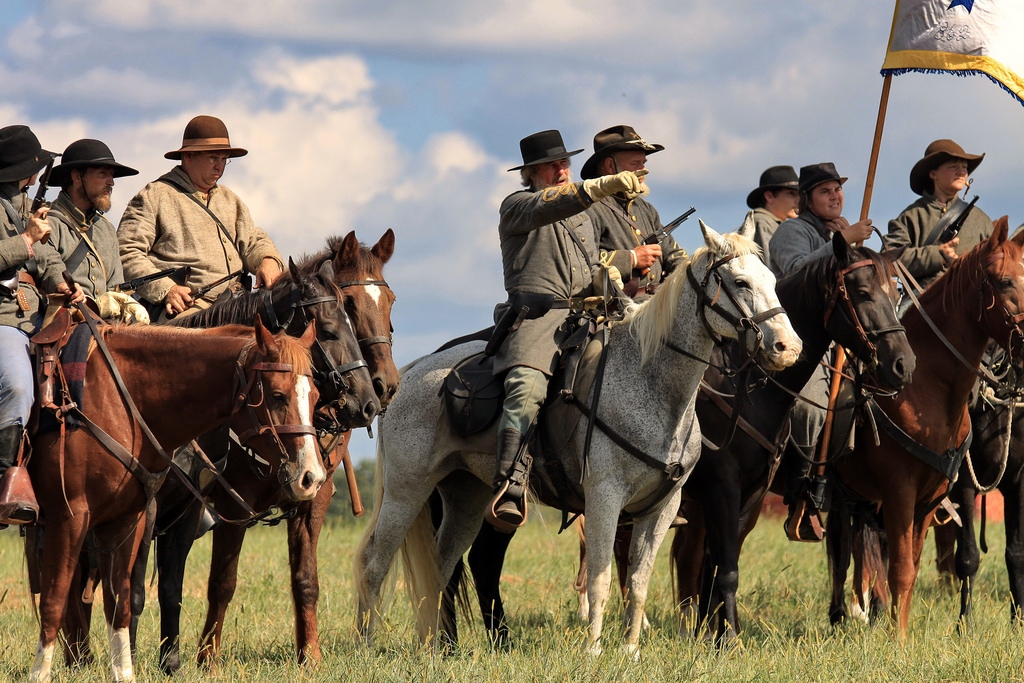Modern-Day Battles of Atlanta

One of our parents sent us a link to this story that she thought would be right up our alley. And boy was she right!
“The Many Battles of Atlanta,” by Fletcher Moore (with great photographs by Brett Falcon) chronicles a hike Moore took recently, in which he retraced the path of Confederate General William J. Hardee. Almost 150 years ago, Hardee and his men marched through the night on a long, hook-shaped route to try to surprise Union General James Birdseye McPherson, who had his 35,000-man army arrayed along what is now Moreland Ave., from I-20 to Little 5 Points, with another 12,000 men camped nearby in Candler Park.
Following Hardee’s route, Moore set out from just east of downtown, traveled down Capitol Ave. and Turner Field, cut through Grant Park, then south to McDonough Blvd. and the U.S. Penitentiary. He hiked down Moreland before swinging further east, through what had been Atlanta’s old prison farm, to Bouldercrest and Flat Shoals, and back to I-20.
Hardee’s march didn’t work out so well. He and his men arrived late and didn’t surprise Hardee. But Fletcher Moore’s was arguably much more productive. The writer uses his modern day march to muse on the shocking economic and social disparities that mark the neighborhoods he passes through. He writes about an Atlanta that many of us never really see, a city that “continues to be besieged.”
Moore’s story syncs up nicely with one of our long-term projects for next year: a study of the effects of change in Atlanta, that will have them working in the city, examining how the landscape of Atlanta (social, political, racial, religious, physical, etc.) has changed over time, as well as the drivers of those changes. Our students will be studying the past and the present, but also making recommendations and proposals for the future of our city.
The entire article is really worth a read. So is the on-line journal it comes from: The Bitter Southerner, which promises, and delivers, “One great story from the South. Every week.” It’s a showcase of some of the best writing and long-form journalism, not just in the South, but anywhere. Enjoy!
